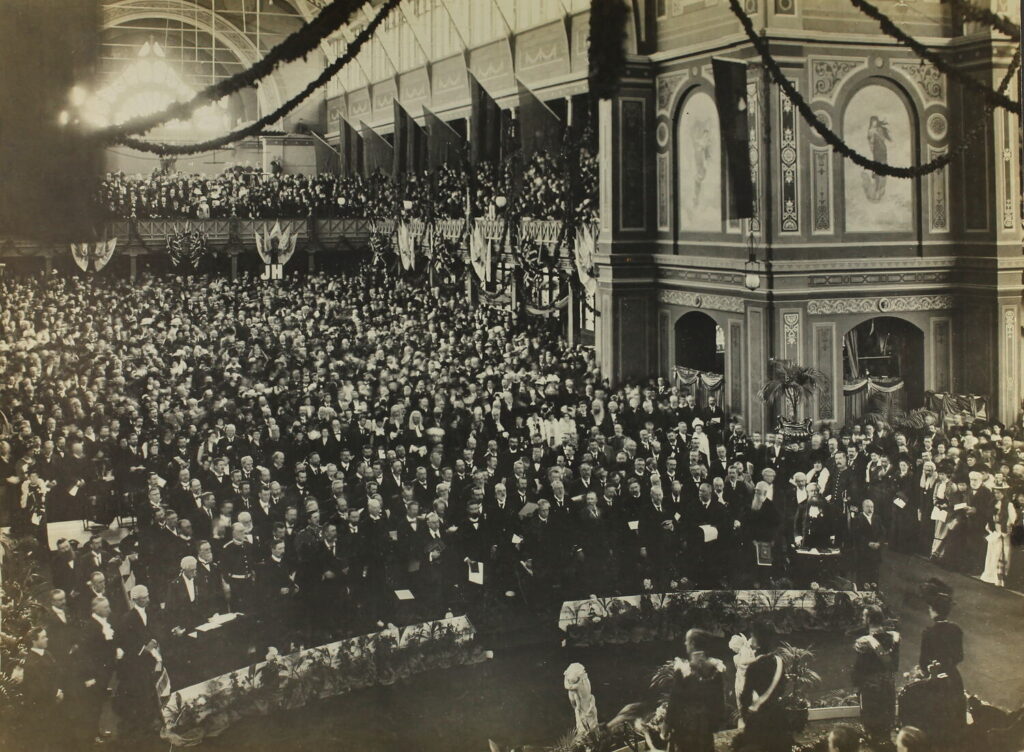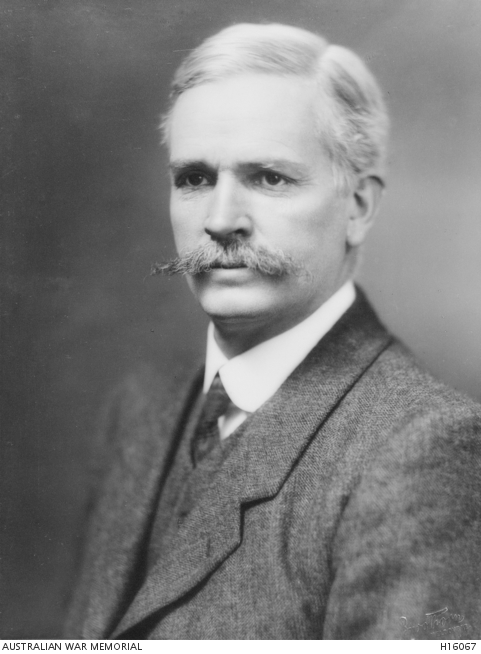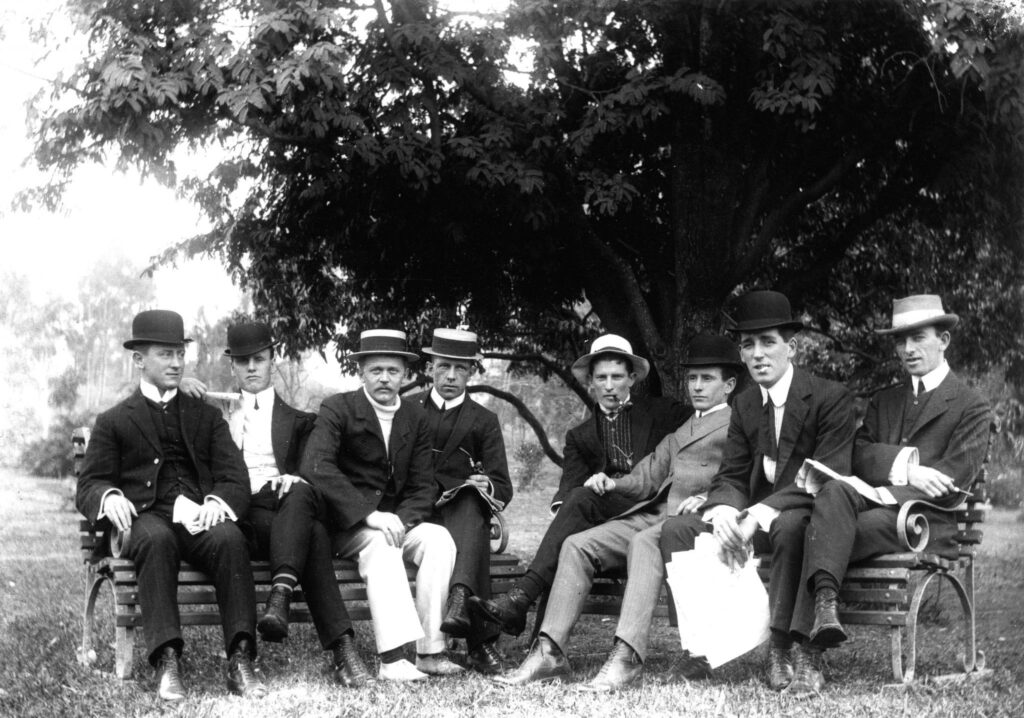Recently, the new Greens MP Max Chandler-Mather – neatly attired in a suit and shirt – rose to speak in question time. But as he began to pose to his question to the Prime Minister about Australia’s social housing, he was stopped. Chandler-Mather wore no tie. For Nationals MP, Pat Conaghan, this was a clear affront to professional standards of dress. ‘This is not a barbeque’, Conaghan later argued of federal parliament.
That the lack of a tie could halt question time – even if only momentarily as the Speaker, Milton Dick, dismissed Conaghan’s objection – points to the different attitudes that still exist around dress codes. I wrote a short piece for The Conversation, ‘This is not a barbeque’: a short history of neckties in the Australian parliament and at work, sparked by this episode – that generated its own robust discussion of appropriate attire.

It’s something that has made me pause many times as we trace these transforming standards in professional contexts against the fascinating changes in men’s fashions across the twentieth century.
Members of Parliament are guided on what to wear by the House of Representatives Practice (now in its seventh edition). The ‘Dress and conduct in the Chamber’ section outlines how clothing ‘is a matter for the individual judgment of each Member’. That is, Parliament has no fashion police, though the Speaker makes the ultimate call when challenges arise.

The House of Representatives Practice provides its own neat history of shifting standards: from the 1977 ruling that Members could wear tailored safari suits (no tie was necessary in keeping with the style), a return to ‘good trousers, a jacket, collar and tie for men and a similar standard of formality for women’ in a statement made by Speaker John Andrew in 1999, to the 2005 reminder by Speaker David Hawker that ‘it was not in the dignity of the House for Members to arrive in casual or sports wear’.
But where exactly do ties now fall in professional dress? One hundred years ago, men were just as likely to wear ties to the beach, the park, or out hiking through the bush as they were to the office. In the second half of the twentieth century, workplaces began to loosen standards, a trend that’s grown even more following the enormous disruptions caused by COVID-19 and working from home practices.

Politicians overseas have driven new directions. This includes Māori MP Rawiri Waititi, who was ejected from the debating chamber of the New Zealand Parliament last year for refusing to wear a tie. Evocatively describing the tie as a ‘colonial noose’, Waititi argued that he should be able to wear a hei tiki greenstone pendant at his neck instead.
More recently, Spanish Prime Minister Pedro Sanchez very publicly removed his tie when he fronted the media. Motivated by the country’s devastating heatwave, he encouraged others to do so, too, to help reduce the spike in energy use.
While ties matter to some, it’s clear they matter not at all to others.
